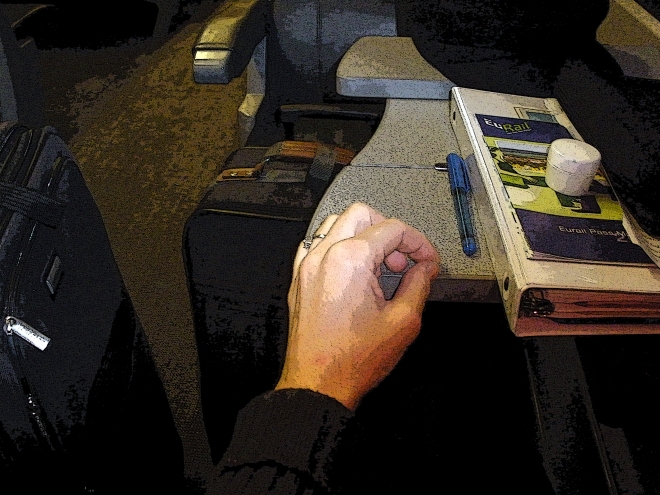If you’ve ever had to visit an ER or doctor in another country, you know how critical it is to have an emergency medical card, and several supplemental documents, with you at all times (or at least in your hotel room). Some of this medical and personal information seems pointless to write down since you can reel it off the top of your head, but most of it isn’t — and you don’t want to be kicking yourself for not having the contact info you need when you’re ill or injured so far from home.
Your emergency medical card (or page, printout, etc.) and supplemental info should include your critical health and personal data, and definitely not be left to the last minute since it can take surprisingly long (as in, upwards of eight hours!) to gather and list all the information. Sound boring and tedious to put together? It is — but hopefully the following can help.
Your card should include the names, phone numbers, and addresses or email addresses for the following:
1. Family member or close contact remaining at home;
2. Your doctor at home, your pharmacy, and your health care provider;
3. Travel insurance (and any medevac insurance) information;
4. Place(s) of lodging at your destination;
5. The U.S. Embassy or consulate in your destination country;
6. A list of your medications, including generic and brand names, reason for taking each, dosage information, and how often taken;
7. All medical conditions or allergies you have; and
8. Documentation of any immunizations required by the country you’re visiting.
Items to attach or keep with this card include:
1. A copy of your medical insurance card (keep the original in your wallet);
2. At least one insurance claim form (note that you shouldn’t have to navigate through the member services department of your HMO to get insurance claim forms; the travel clinic should carry them);
3. A signed letter from your physician describing your general medical condition(s), and all current medications;
4. The list of urgent care services and doctors that you have researched in each country (or, more likely, had your physician or travel agent research for you); and, if you’re traveling off the beaten tourist track:
5. The name of any medication conditions, and medications, written in the local languages of the areas you plan to visit. For translation services, try asking your travel clinic first since your main care practitioner may not know where to send you within your HMO or PPO. Note that it’s unwise to use a free online translation service since the software may misunderstand (or not understand at all) complex medical and technical terms and any abbreviations.
Keep the card and all supplemental documents somewhere where they won’t get wet or stolen (to be on the safe side, include one copy in your purse or smaller bag, and one in your checked luggage). Tell anyone traveling with you about the card and supplements, and their location(s).
While you’re busy compiling all this information, don’t forget to fill out the page inside your passport with the name, address, and telephone number of someone to be contacted in an emergency (you’d be amazed at how many people forget to do this).
Finally, before you go, be sure to register your destination countries, visit dates, and hotel addresses in your country’s traveler enrollment program. For Americans, this would be the U.S Embassy’s STEP (Smart Traveler Enrollment Program) system at https://step.state.gov/step/. If you do need urgent assistance from an embassy, STEP will already have your basic information on file.
Canadians should go to http://travel.gc.ca/travelling/registration, U.K. citizens should go to https://www.gov.uk/browse/abroad/travel-abroad, and Australians should go to https://www.orao.dfat.gov.au/orao/weborao.nsf/Homeform?Openform .
Prepare your card BEFORE your trip — and not while you’re killing time on the train!


